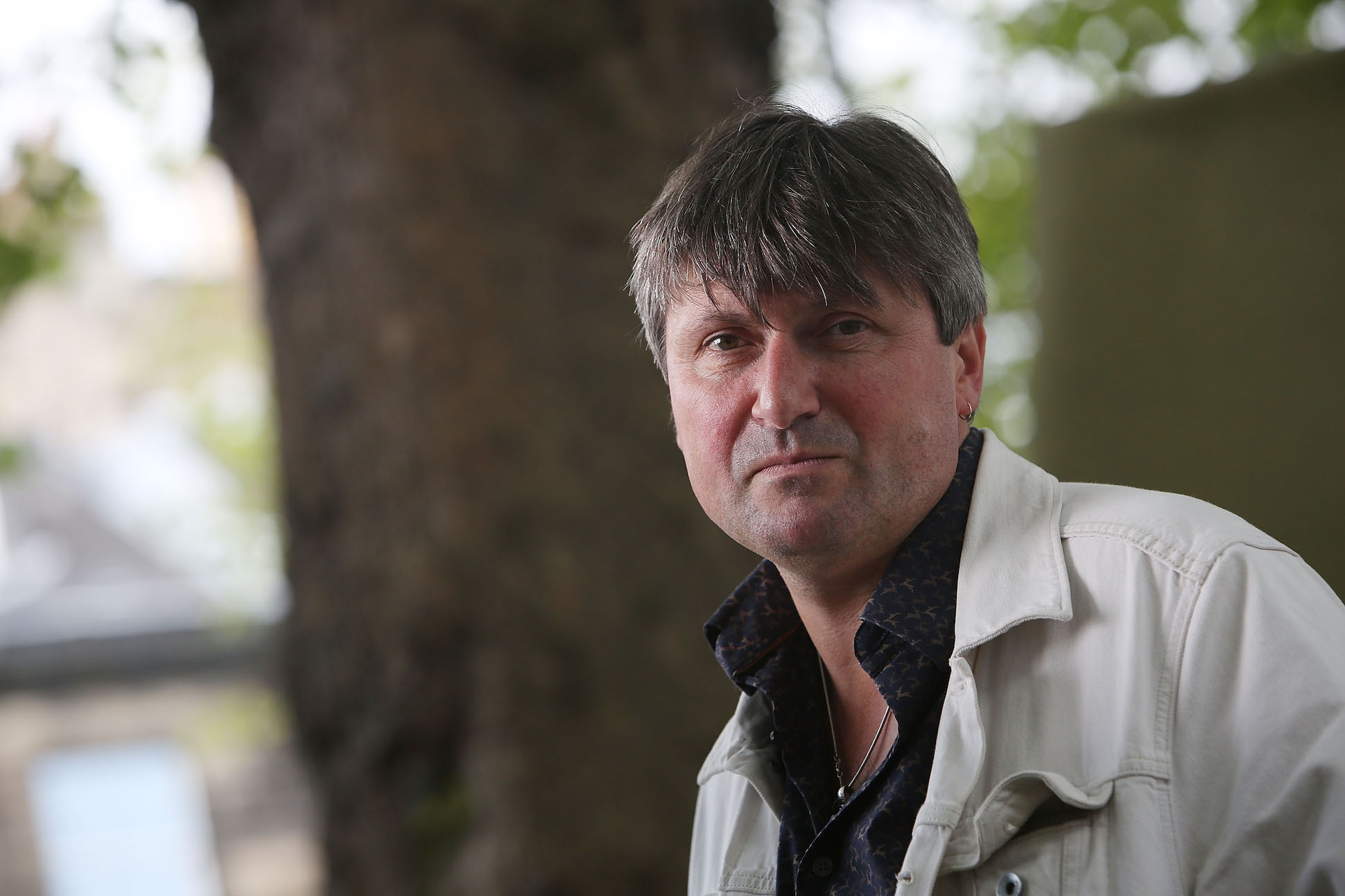
Few poetic forms are as hard to pin down as the ode. ‘A lyric poem in rhymed stanzas, generally in the form of an address and exalted in feeling and expression’ is how the Cambridge Guide to Literature in English defines it . But as that ‘generally’ indicates, this is merely a starting point; even the ‘rhymed’ is open to dispute. What we can all agree, however, is that six of the greatest examples were written by Keats in 1819 and published the following year: ‘Ode to Psyche’, ‘Ode to a Nightingale’, ‘Ode on a Grecian Urn’, ‘Ode to Melancholy’, ‘Ode to Indolence’ and ‘To Autumn’.
The KSMA’s latest publication, Odes for John Keats, celebrates their bicentenary.
Asking contemporary poets to write poems in response to the odes was in some ways perverse. Keats famously declared that ‘if poetry comes not as naturally as the Leaves to a tree it had better not come at all’. A poem written to order hardly meets that criterion – but perhaps the KSMA can be said to have planted the tree on which the leaves appeared. In the end, of the sixteen poets we invited to contribute, only one was unable to deliver.

The rest seemed to relish the chance both to honour Keats and to try an unfamiliar form. Imtiaz Dharker, Pascale Petit and Will Kemp were generous enough to submit two odes each – and so high was the standard that it was very hard to choose which to publish.
The exact nature of the challenge only became clear to me when I was persuaded to contribute as well. There was no point in trying to imitate Keats, because the result would inevitably be feeble by comparison. The remaining possibilities were to invoke him directly, touch on the same subject matter, or follow a similar structure.
Birds feature strongly in the collection, though only one poet – Deryn Rees-Jones – tackles a nightingale head-on. Gillian Clarke offers a blackbird as an alternative, Imtiaz Dharker a chiffchaff, and Pascale Petit a tailorbird, whose nest she ingeniously compares to an urn. ‘Ode on a Grecian Urn’ also inspired Paolo Febbraro (one of two Italian poets to contribute) and Fiona Sampson, who transforms the urn into an earthenware pot.
Simon Armitage produces another kind of metamorphosis in ‘Ode to a Clothes Peg’, as his rotary dryer and the washing hung on it become the rigging and sail that carried Keats to Italy.

Some of the poets found inspiration elsewhere in Keats’s work: Blake Morrison’s ‘Lunar’ takes ‘Endymion’ as its starting point, while Liz Lochhead recalls discovering ‘St Agnes’ Eve’ and ‘La Belle Dame Sans Merci’ during the Cuban missile crisis. Adam Foulds and Sean Borodale also consider how Keats’s spirit can infuse one’s whole view of the world.
Borodale is one of several poets experimenting with the odal form. His poem is presented as an ‘ode essay’, while Annelisa Alleva hilariously reimagines ‘Ode to Psyche’ as a telephone interview between the goddess and an online journalist. Will Kemp also embraces the 21st-century Zeitgeist, creating a shrine in verse for Greta Thunberg as he contemplates the planet’s future; while in ‘On Matter’, Michael Symmons Roberts unravels our very existence in the universe.
With a penetrating introduction by Duncan Wu, Odes for John Keats splendidly demonstrates how the poet’s influence continues to be felt, and how much we still value the opportunity to see the world – to borrow Adam Foulds’s phrase – through eyes that are fever-bright and patient and kind.
Anthony Gardner
To purchase your copy of Odes for John Keats, visit our online shop
Odes for John Keats is also available as an Ebook via Amazon UK, US and Italy.